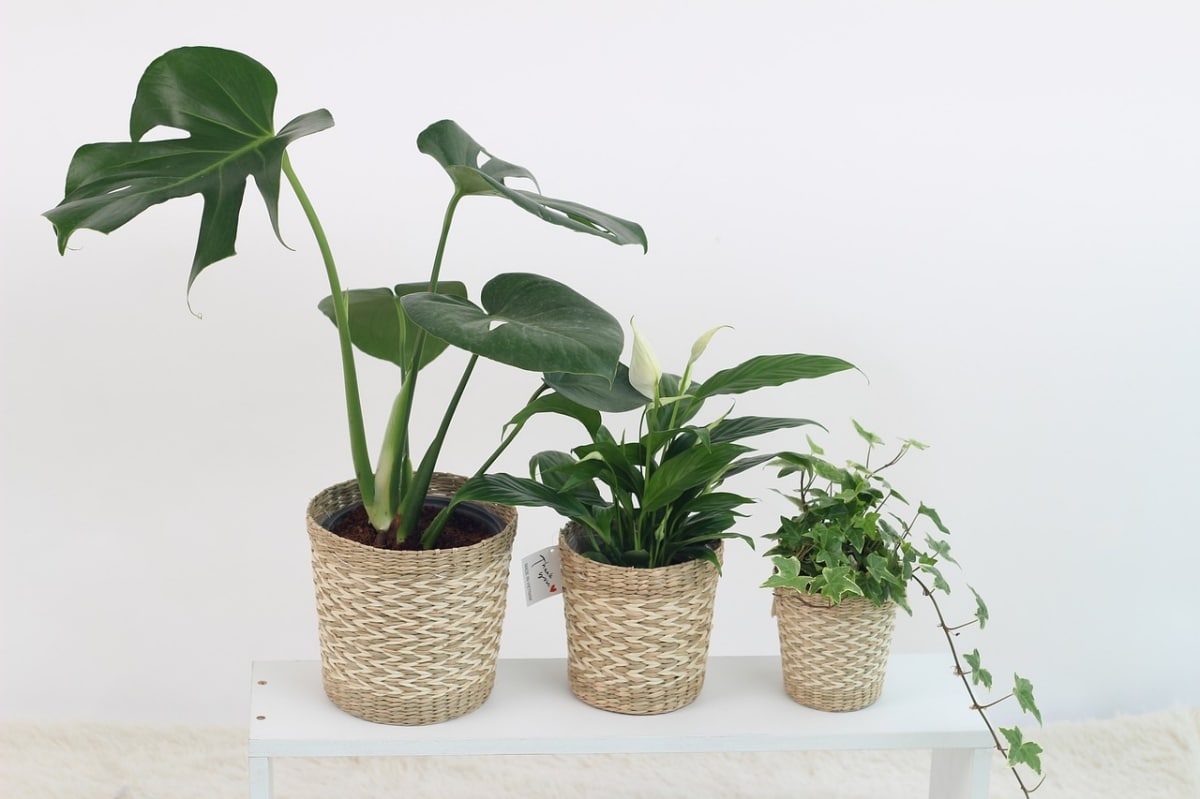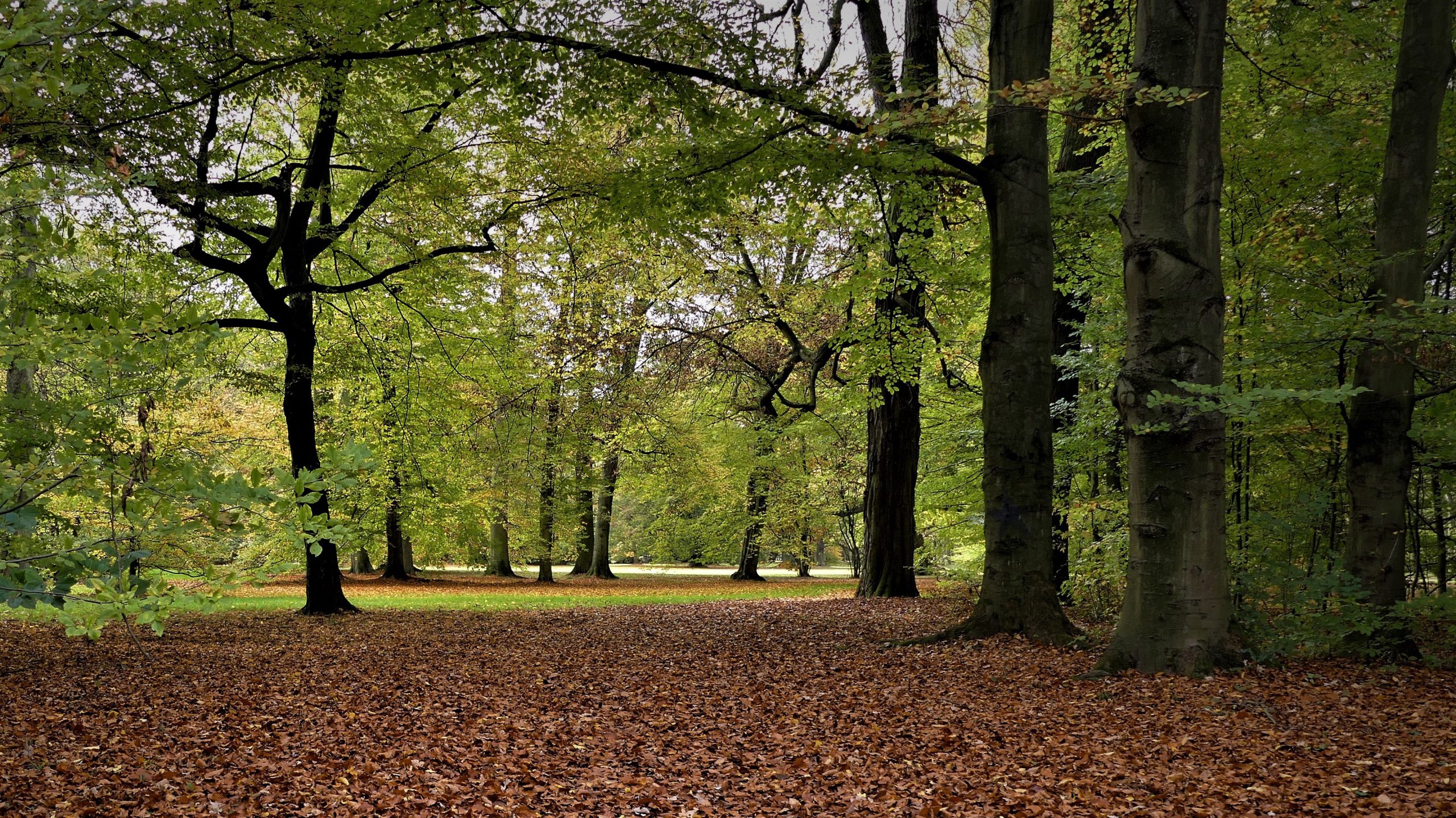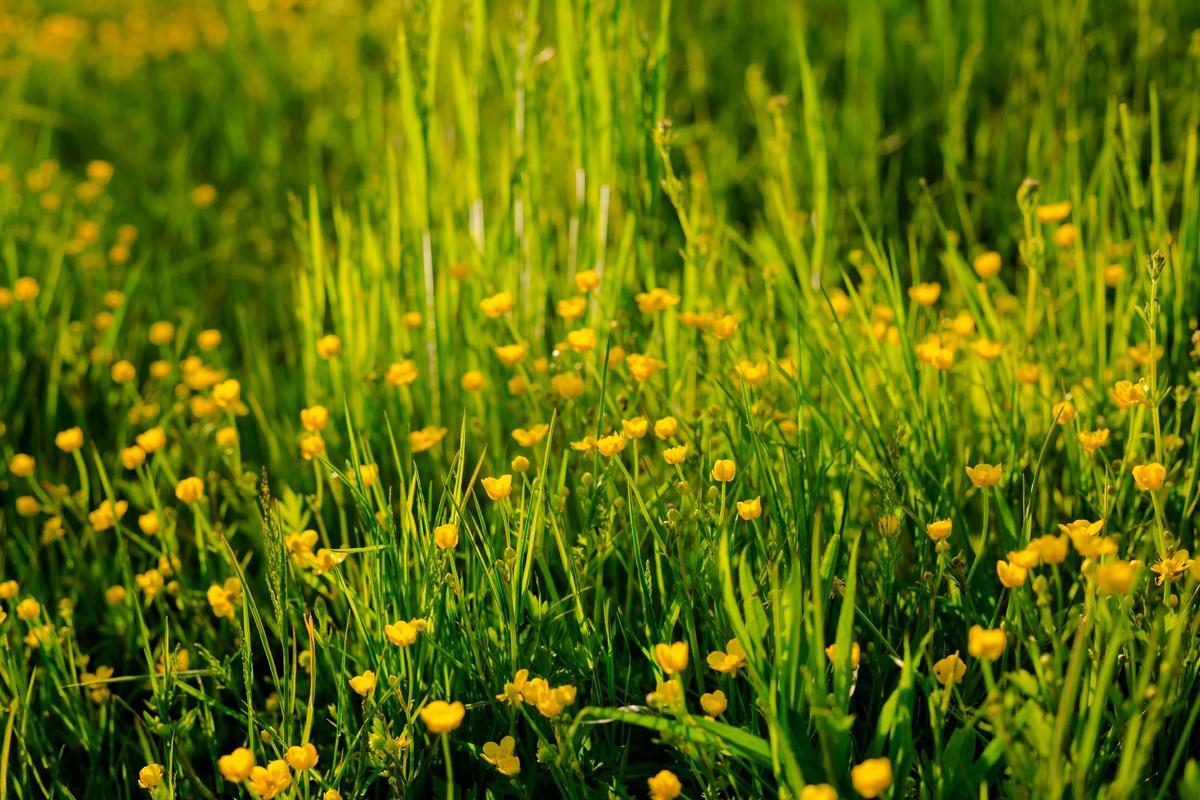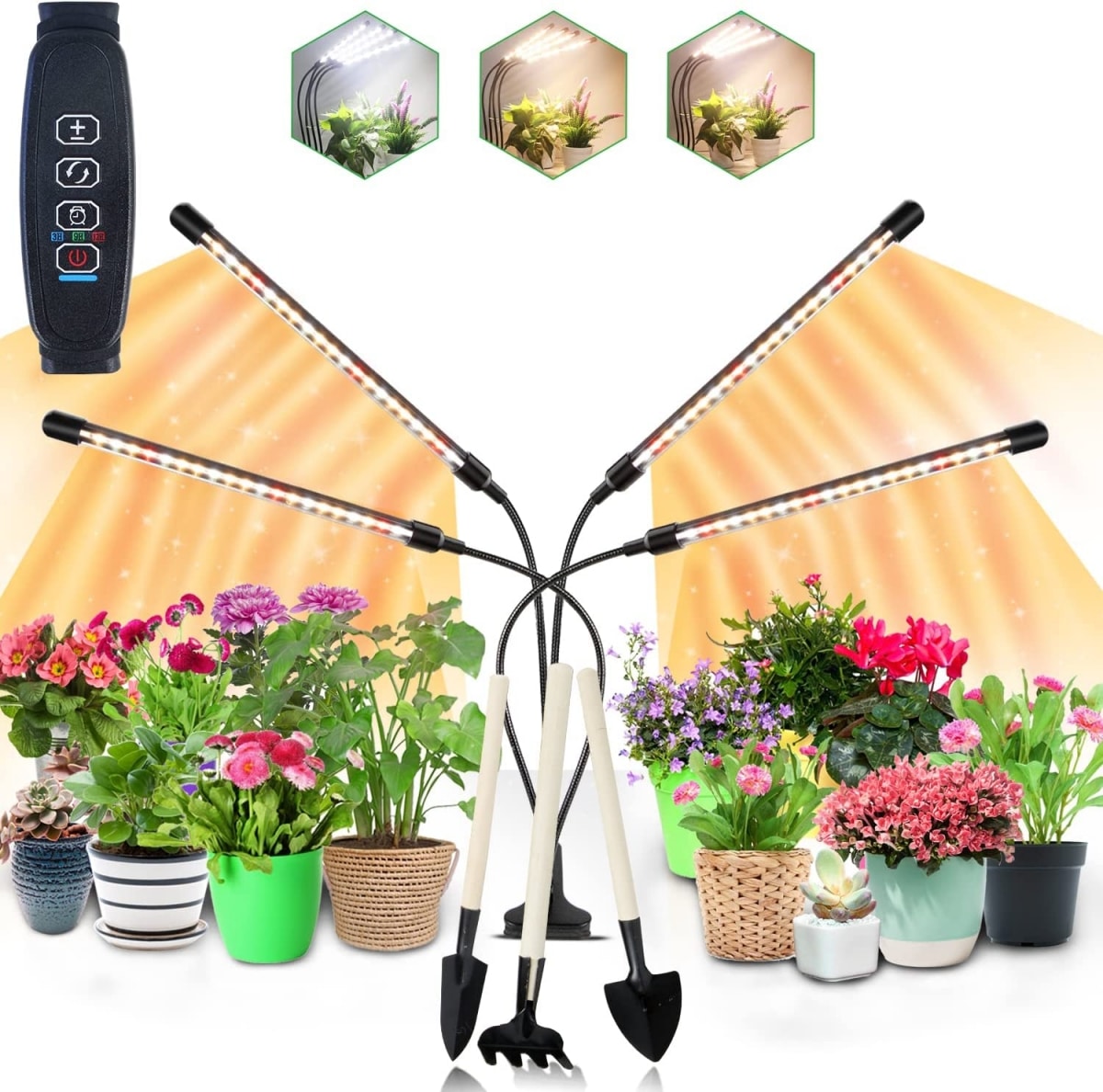
We often recommend placing the plants that are going to be kept at home in a room where there is a lot of light; that is, in which there are windows through which sunlight enters easily. And it is that all of them need light to carry out photosynthesis and, therefore, to be able to produce their food and grow. But, Is it possible to have healthy plants with artificial light?
The short answer is yes, you can.. Now, it is important to choose the artificial light for the plants well, since not all of them will work. In fact, the light from the bulbs that we usually have in a home are not the most adequate to guarantee good growth. To do this, we will have to get specific lamps or bulbs.
What light do plants need to grow?
Plants began their evolution about 400 million years ago, in the oceans. At that time there were only algae, in addition to microorganisms such as bacteria. But over time some would begin to surface, as happened with the Cooksonia, which carried out photosynthesis through its stems since the leaves had not yet appeared. Later, somewhat more complex plants would grow, such as mosses, ferns or cycads. And about 150 million years ago, the early flowering plants.
Why do I tell all this? Because plants depend on sunlight for everything: breathe, photosynthesize, grow, flourish, etc. Through their photosynthetic parts, that is, those that contain chlorophyll, which is the pigment that gives them their green color, they transform sunlight into carbohydrates. But to understand this more, it is important to know more about solar radiation.

Image – Wikimedia/Horst Frank, Jailbird
Although it might seem to us that it is more or less always the same, the human eye and plants "see" the world in a different way. And it is that the Sun, although it emits ultraviolet, visible and infrared radiation, people only see the visible one, that is, when the wavelength is between 380 and 780nm. In addition, we are able to see three colors: blue, red and green, and their many combinations.
Plants, on the other hand, although they are sensitive to wavelengths between 400 and 700nm, only absorb red and blue light, and reflect green, which is why we see them in that color. But also, this is one of the reasons why we cannot use traditional lamps for them, since these are made for us humans, so that we can see, not for plants.

What effect do different radiations have on plants?

Depending on the radiation received by the plants, they will react in one way or another. For example:
- Growth: depend on infrared radiation and blue light.
- Seed germination: blue light and to a lesser extent ultraviolet light are the ones that stimulate this process.
- Flowering and fruiting: they are helped by red or far red light to flower and bear fruit.
- Shade plant growth: Under conditions where the ratio of red and far-red light is high, plants that do not receive direct sun can grow.
Can artificial light be useful for plants?
As we anticipated at the beginning of this article, artificial light can indeed be useful for plants. However, Everything will depend on the luminous flux of said lamp., which is measured in candelas or cd, illuminance or lux, or luminance (cd/m2). And it is that not all have the same luminous intensity.
Likewise, it is necessary to know that it is also interesting to know how many photons will be supplied. These are measured in micromoles of photons (mmol), which allow flux or density to be measured. The latter is a measure that is calculated taking into account the square meter exposed to light and the seconds it takes to receive it. Thus, the further away it is, the less micromoles of photons the plant will receive.
Nowadays, artificial lighting for crops has been modernized so much that it is possible to find lighting systems adapted to stimulate, for example, seed germination, growth or flowering.
What is the best artificial light for plants?

Taking into account what we have said so far, choosing an artificial light for plants will depend a lot on what we were trying to achieve. For example*:
- Seed germination and seedling growth: if they are grown in areas with little sunlight, you should get lamps that emit blue light (35%), red (25%), far red (25%) and white (4000K, CRI70, 15%). But if there is natural light, blue (75%) and red (25%) light will suffice.
- Plant growth and development: If there is no sunlight, white (4000K, CRI70, 80%) and red (20%) light will be provided. On the other hand, if there is, red light (90%) and blue light (5-10%) will be provided.
- Flower production: to get it to bloom, if it is grown only with artificial light, it will be given white light (4000K, CRI70, 60%), red (20%) and far red (20%). On the contrary, if it receives natural light, the red light (60%) and far red light (20%) will be enhanced; it may also be necessary to give it blue light (20%) in low light conditions.
- Fructification: If there is no sunlight, white (4000K, CRI70, 60%), red (30%) and far red (10%) light will be used. On the other hand, if natural light enters the room, white (4000K, CRI70 20%), red (70%) and far red (10%) light will suffice.
*Note: this information has been obtained from the SECOM portal.
Where to buy?
You can get artificial light lamps here:





